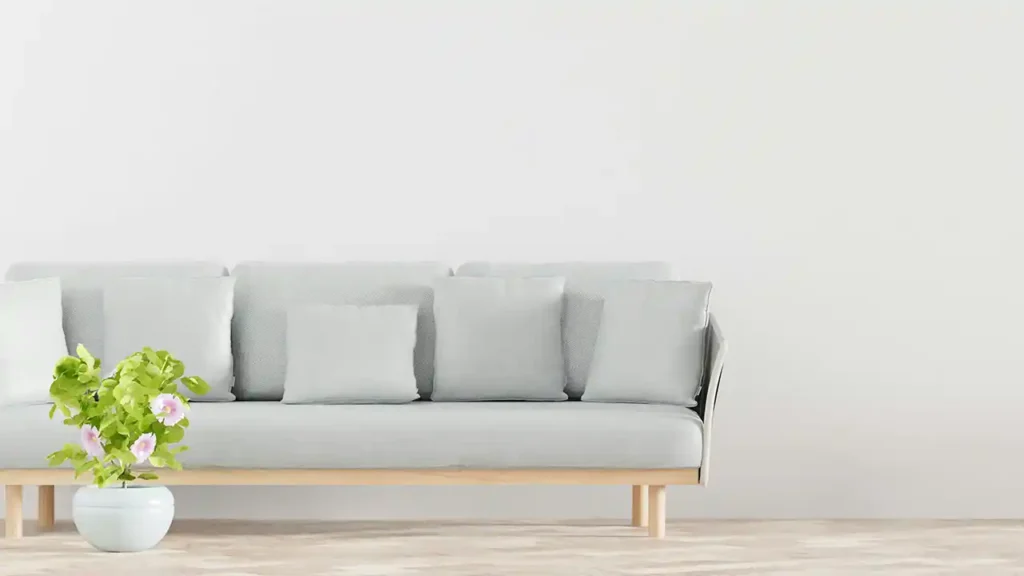Your cart is currently empty!


At Society of ReCreation, we believe that upcycling is more than just a craft—it’s a movement that blends sustainability with creativity. Turning discarded furniture into stunning, functional pieces isn’t just good for the planet; it’s also a profitable business model when done right. Whether you’re starting out or looking to grow your brand, here’s how to build a successful upcycling business.
1. Define Your Niche
Upcycling covers a broad spectrum, from furniture restoration to repurposed home décor. To stand out, define your niche:
- Vintage restorations – Bringing classic furniture back to life.
- Industrial upcycling – Mixing reclaimed wood with metal for a modern aesthetic.
- Eco-conscious designs – Using sustainable materials and non-toxic finishes.
By focusing on a specific style or material, you create a recognizable brand identity that attracts the right customers.
2. Source Quality Materials
The heart of upcycling is finding the right materials. Look for furniture with solid craftsmanship, even if it’s worn or damaged. Great sources include:
- Thrift stores & flea markets – Hidden gems waiting for a second life.
- Salvage yards – Reclaimed wood, metal, and architectural pieces.
- Community donations – Partnering with locals to repurpose unwanted furniture.
Quality materials ensure that your upcycled pieces are durable, stylish, and worth the investment.
3. Master the Craft
Upcycling isn’t just about repainting old furniture—it’s about reinventing it. Invest time in learning techniques like:
- Wood refinishing – Sanding, staining, and sealing for a polished look.
- Reupholstery – Giving chairs and sofas a fresh, modern feel.
- Mixed-material design – Combining wood, metal, and textiles for unique creations.
The more skilled you become, the more premium your products will be, allowing you to charge higher prices.
4. Build a Strong Brand Identity
Your brand should reflect your values and aesthetic. Consider:
- A compelling name & logo – Something memorable that represents your mission.
- A consistent visual style – Cohesive colors, fonts, and photography.
- A powerful story – Customers love knowing the history behind each piece.
At Society of ReCreation, we emphasize sustainability, craftsmanship, and storytelling, making each item more than just furniture—it’s a conversation piece.
5. Market Your Upcycled Creations
A strong marketing strategy helps turn passion into profit. Key tactics include:
- Social media – Showcase transformations with before-and-after photos.
- SEO & blogging – Write about upcycling trends, DIY tips, and sustainability.
- Collaborations – Partner with eco-conscious influencers or interior designers.
- Local events – Pop-up shops and craft fairs help build community engagement.
The more visibility your brand has, the more customers will connect with your mission.
6. Price for Profit
Upcycled furniture is unique and handcrafted, meaning it should be priced accordingly. Consider:
- Material costs – Factor in sourcing, tools, and finishes.
- Labor & craftsmanship – Your time and skill add value.
- Market demand – Research competitors and adjust pricing accordingly.
Customers are willing to pay for quality, sustainability, and originality, so don’t undervalue your work.
7. Scale Your Business
Once you’ve built a strong foundation, look for ways to grow:
- Expand product lines – Introduce new styles or custom commissions.
- Sell online – Platforms like WooCommerce, Etsy, or your own website.
- Offer workshops – Teach others the art of upcycling.
- Partner with retailers – Get your pieces into boutique stores.
Scaling allows you to increase revenue while staying true to your brand’s mission.
Upcycling: A Business with Purpose
At Society of ReCreation, we believe that upcycling isn’t just about furniture—it’s about rethinking design, reducing waste, and creating something meaningful. By building a brand that values sustainability, craftsmanship, and creativity, you can turn your passion into a thriving business.
Ready to start your journey? Explore our collection and redefine furniture with purpose.
Tags:
Share:
Leave a Reply